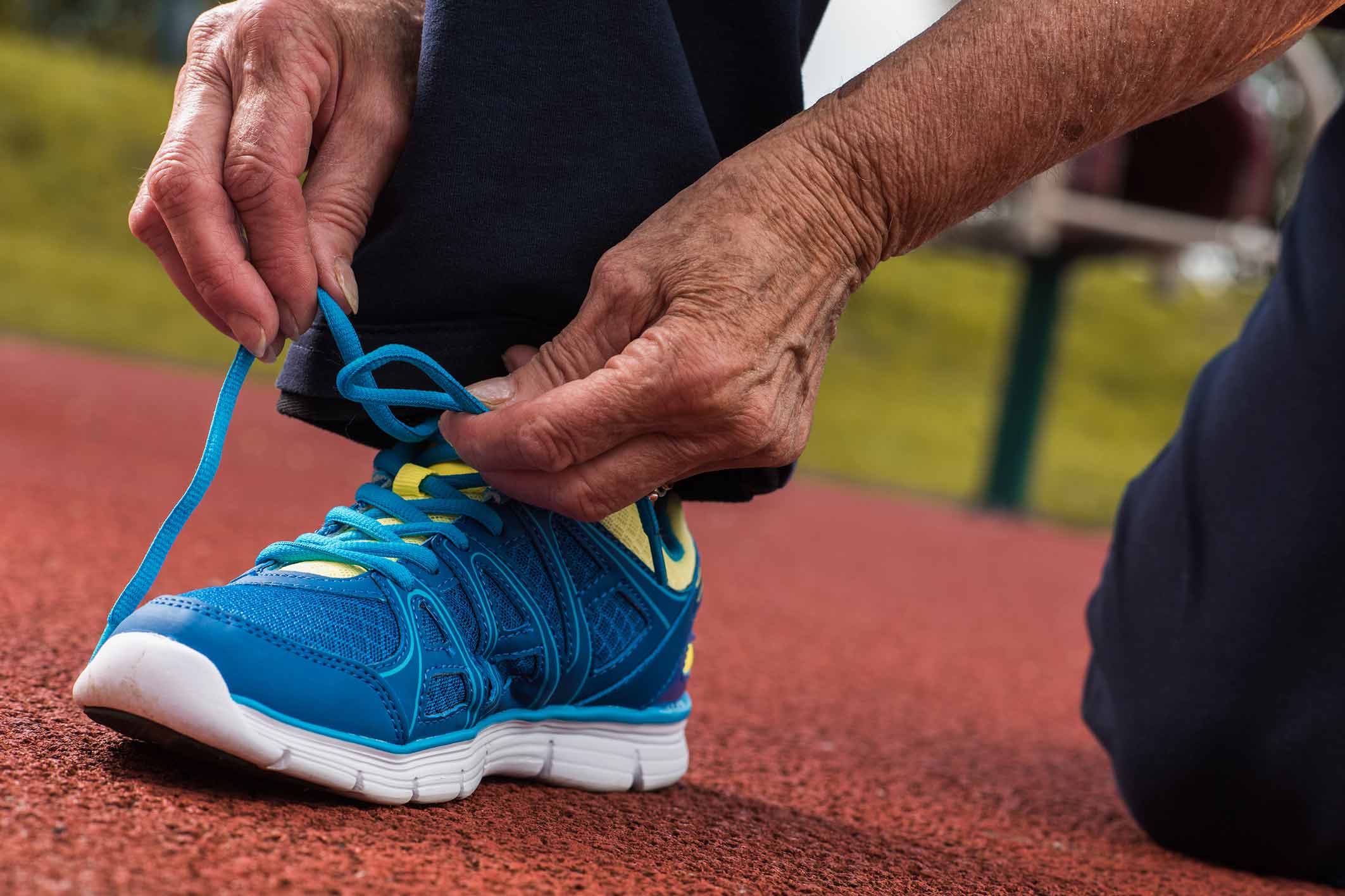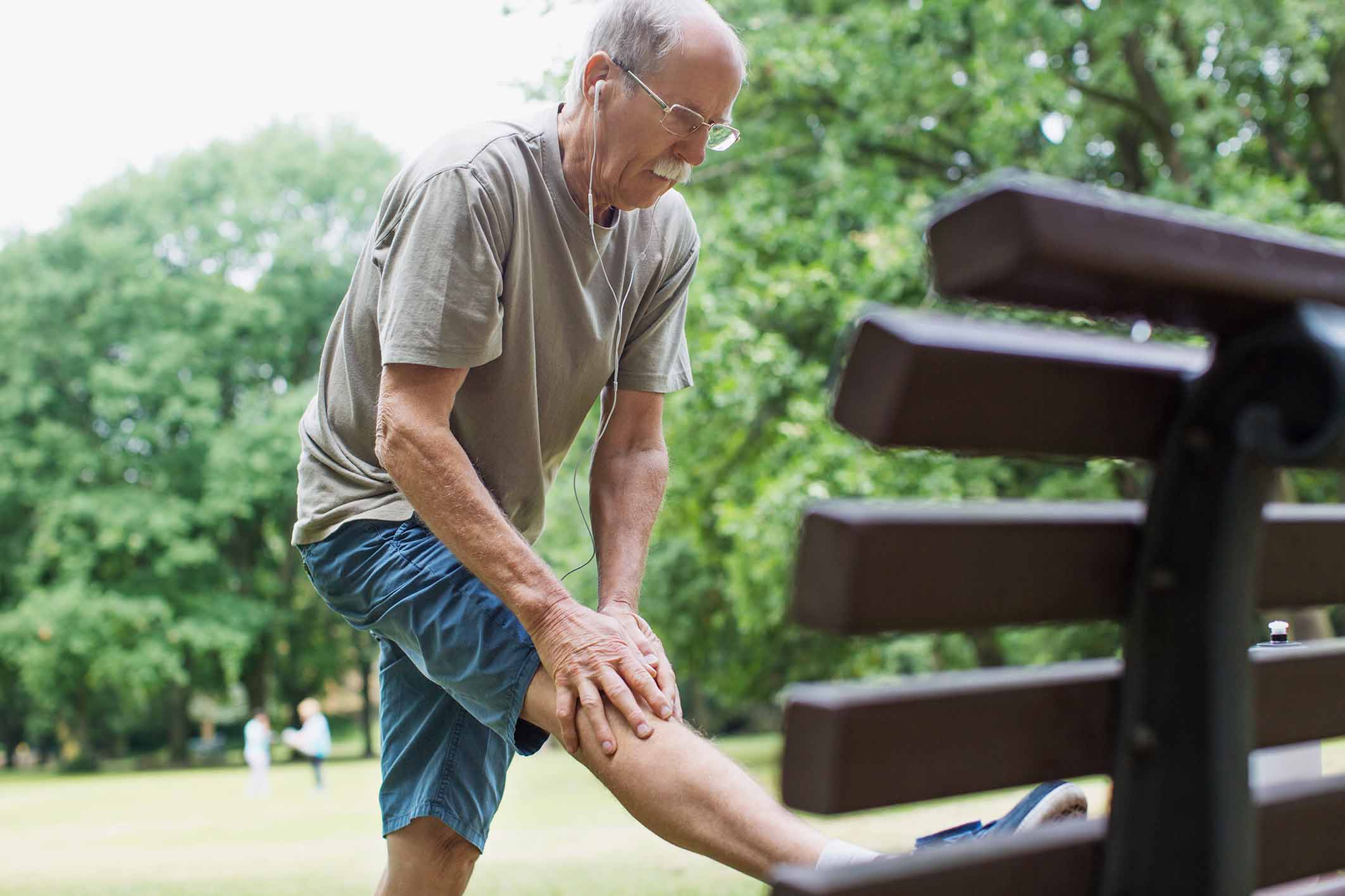Chronic pain is defined as pain that has lasted for longer than three months and is generally unresponsive to treatment. Many times your diet can be effecting your pain, so it might be time for a chronic pain diet.
One of the ways that many chronic pain patients find improvement over time is through a holistic chronic pain diet. Although “diet” usually refers to fad weight loss plans or severe, “quick fix” changes, diet in this case means making healthy lifestyle changes that are meant to be permanent and functional. Improving the quality of the food you eat to improve your health should be “usual and customary food,” in the truest dictionary definition of the word “diet.”
For many, the information on dietary changes for chronic pain can be overwhelming and difficult to sift through. Here is the ultimate guide to a chronic pain diet to make it easier.
Step 1: Talk to your doctor
Every change in your treatment plan should start with a conversation with your doctor. They may be able to recommend specific resources related to your diagnosis.
Step 2: Find the chronic pain diet that works for you
Not all diets are created equal when it comes to managing pain symptoms, but there are a few that have been shown to result in longer, healthier lives. Below, we cover four diets that embrace holistic lifestyle approaches to food that may also have the benefit of pounds lost. What’s more important is how you’ll likely feel once you start these.
Many of these diets follow the same basic guidelines (e.g., focus on fresh food, eliminate or cut back on sugar, etc.) but what matters most is what’s sustainable for you and your lifestyle. Managing chronic pain through diet is not a quick fix, and going back and forth from healthy eating to old habits won’t work.
Step 3: Focus on your symptoms
While there are some similarities in diets that work for chronic pain, there are some specific tips that apply more to some conditions than others.
For example, people with arthritis may want to focus their efforts on losing weight. Eating for weight loss may bring about lasting pain relief, especially for those who suffer from arthritis in the knees and hips.
These types of eating plans are best combined with exercise and can help ease pain by:
- Relieving weight-based pressure on the joints
- Providing more energy and ease in daily tasks
- Improving mood
For rheumatoid arthritis, there is growing evidence that a vegan diet that eliminates all animal products is effective for pain relief when other approaches are not.
Arthritis is not the only type of chronic pain that can benefit from a specific chronic pain diet overhaul. Fibromyalgia is a whole-body pain condition that is characterized by tender points that can flare to unbearable levels of pain. Diets that may work well for this condition include:
- Macrobiotic diet: Along with eating fresh food in season and plenty of traditional Japanese foods such as tofu and miso soup, this chronic pain diet advocates energy work and maintaining a positive outlook.
- Paleo diet: A Paleo diet focuses on healthy fats; grass-fed, organically raised meats; fresh fruits and vegetables, and nuts and seeds. This diet also eliminates all processed foods, all added sugar, and preservatives or artificial additives. The research is largely anecdotal, but as the foods consumed on this diet are anti-inflammatory, it stands to reason that proponents would feel some level of pain relief .
- Vegetarian diet: If eliminating all types of animal products (including honey) is not for you, those with fibromyalgia might consider trying a vegetarian diet on for size. If committing to eliminating all meat and fish all at once is too much, try Meatless Mondays or becoming a weekday vegetarian to start.
Step 4: Manage stress
While not a typical piece of advice when considering making a significant change to your diet, stress can throw every good plan out of whack. Stress eating is a real thing, and even just one day of fat- and sugar-filled indulgence can be enough to cause a painful flare-up of symptoms.
When daily life becomes hectic, stay on track with stress-busting comfort foods. You can snack and still stick to a pain-healthy diet.
Step 5: Focus on health
Sure, cutting back on sugar and focusing on whole, fresh foods will help you drop some pounds, but the end goal is not weight loss. The end goal with a chronic pain diet is overall health and wellness. To that end, make all of the changes based on what is good and healthy for your body. It’s not about getting a “bikini body” or squeezing into your high school jeans. Changing your diet for pain management and increased well-being goes far beyond those goals. Love the body you are in while making positive, healthy changes.
Step 6: “Everything in moderation, including moderation.” Oscar Wilde
Except for extreme cases or doctor-ordered, life-preserving dietary changes, there is nothing wrong with an occasional indulgence. You may be more likely to stay with a new chronic pain diet if you allow yourself a little wiggle room every now and then. Dark chocolate is very nearly a superfood, and an occasional sweet-tooth satisfying bite can actually help you stick with your other changes. There are many satisfying swaps for your favorite foods (even burgers and pizza) that require just a little creativity.

When the word “diet” is mentioned, most people think of restrictions: a long list of everything you cannot eat, followed by strict portion control and feelings of guilt on “cheat” days.
It’s time to re-think what “diet” means, starting with the proper definition. According to Webster’s Dictionary, the word “diet” means “The usual food or drink of a person.” Technically, under this definition, a “diet” could mean a steady stream of soda and chips, but that is obviously not optimal. Instead of thinking in terms of restrictions and calorie or fat-gram counting, there are a few diets that work to change “the usual food and drink of a person” into something that is delicious, nutritious, and supportive of good health.
Here are four diets that actually work to keep you healthy and satisfied.
1. Mediterranean diet
The Mediterranean diet is less a diet and more a way of life. This way of eating and living is based upon geography in the Mediterranean region of the world, a geography that focuses on fresh vegetables, seafood, seeds and nuts grown in the hills, a generous amount of olive oil, and a glass or two of daily red wine.
In addition to the food basics of the diet, the Mediterranean culture centers around the pleasures of eating, featuring long, leisurely lunches of delicious foods, traditionally prepared. Key components of the Mediterranean diet include:
- Fresh fish at least twice a week
- Minimal red meat
- Olive oil replaces butter and is used generously
- High concentrations of fresh herbs and spices instead of salt
- Primarily plant-based foods are featured, including seeds, nuts, legumes, whole grains, and plenty of fresh fruits and vegetables
- Eliminates processed foods almost entirely
- Red wine in moderation
This diet is recommended for heart health. Those on the Mediterranean diet also showed reduced incidence of both Parkinson’s and Alzheimer’s disease. One study found that women who followed the Mediterranean diet lived beyond 70 and about 40% did so in good health; that is, they aged without major health issues or chronic conditions.
Another traditional diet (are you seeing a pattern?) that helps more of its adherents reach the century mark in good health is the Okinawa diet. Japan has the largest proportion of centenarians in the world, based in large part on their traditional, regional diets. This diet is very similar to the Mediterranean diet, based on the fruits of the sea and the land and steeped in traditional ways of preparation.
Featured in the Okinawa diet are:
- Three or more servings of fish a week
- Traditional soy products such as miso and tofu
- Pickled items like radish and vegetables
- Seaweed
- Very little processed foods
- No butter
- Little, if any, dairy products
- Use of medicinal herbs and spices, such as turmeric and ginger, in all preparations
- Sweets in moderation, traditionally prepared
An Okinawan meal would feature plenty of rice, a bit of fish or tofu, pickles for digestion, and vegetables either steamed or stir-fried. Dr Craig Willcox, a gerontologist who has spent years studying the Okinawans and their centenarians summarizes the benefits of the Okinawan diet like this:
“The Okinawans have a low risk of arteriosclerosis and stomach cancer, [and] a very low risk of hormone-dependent cancers, such as breast and prostate cancer.”
Professor John Mather, a director of the Institute for Ageing and Health at Newcastle University, says that these traditional diets work the same way in the body. He notes:
“All of these diets work on similar mechanisms. One hypothesis is that the secret about ageing is to avoid accumulating molecular damage, and eating fish, beans, nuts, seeds, legumes, whole grains, and not so much red meat, dairy or sugar may help us to reduce that kind of cellular damage.”
For more information on how to implement this way of eating, take a look at this site for meal planning, recipes, and shopping help.
This research-based diet has two phases. The first phase may be what we think about when the word diet is mentioned: weight loss. The second phase is what diet should really mean: a healthy lifestyle change in the way you eat. The Mayo Clinic diet follows these basic guidelines:
- Cut sodium levels
- Reduce intake of saturated fats and eliminate transfats
- Eat plant-based proteins more frequently than animal-based
- Keep meats lean and limit servings
- Include two servings of fish weekly
- Eat unlimited amounts of fresh vegetables
- Restrict or eliminate refined sugars and grains
- Just add water – hydrate
- With the exception of vegetables, watch portion sizes
In addition to these dietary changes, the Mayo Clinic diet stresses adding more activity to your day to ramp up weight loss and increase health. Along with the other diets, the Mayo Clinic diet is great for heart health. Its main focus though is reducing health risks associated with obesity. Losing weight and increasing physical activity lowers the risk of heart attack, stroke, and Type 2 diabetes. The emphasis on long-term lifestyle change can help people sustain their healthy habits and live healthier lives in general.
The research on Weight Watchers is in, and the results are good. Two recent studies say that it does work for weight loss and can help people develop healthy eating habits for life. The key to Weight Watchers is the support system. Here’s how it works:
- Meeting with a nutritional counselor or completing a survey online
- Determining the number of daily “points” you will be able to consume, based on weight, BMI, activity level, and goals
- Follow up with meetings and check-ins
Weight Watchers stresses that they are not a diet plan, per se. Although they sell their own food that has the number of points printed on the packaging, they also offer a long list of other foods and their point values so that people can make their own choices. One of the criticisms of this system has been that the Weight Watchers-branded food is processed and filled with preservatives, but they are constantly adding point values so that you need not rely on pre-packaged food.
This program also focuses on the health benefits conferred by losing weight and increasing activity. The personal support and long-term coaching helps people to stay in the program and increases their chances of losing weight and keeping it off. While the program does not explicitly focus on certain types of food, fruits and vegetables have lower point values than fats and sweets, allowing you to eat more of what is healthy and less of what is not.
Weight Watchers offers an extensive printable list of point values as well as online options for people who cannot meet in person and one-on-one coaching for those who need extra support.
Get help
It’s time to stop thinking of dieting as something you only do to drop a few pounds. Diet is a whole life makeover with far-reaching benefits to health and wellness. For more help managing your chronic pain diet, contact a pain specialist for more information.
Article Provided By: Pain Doctor
































